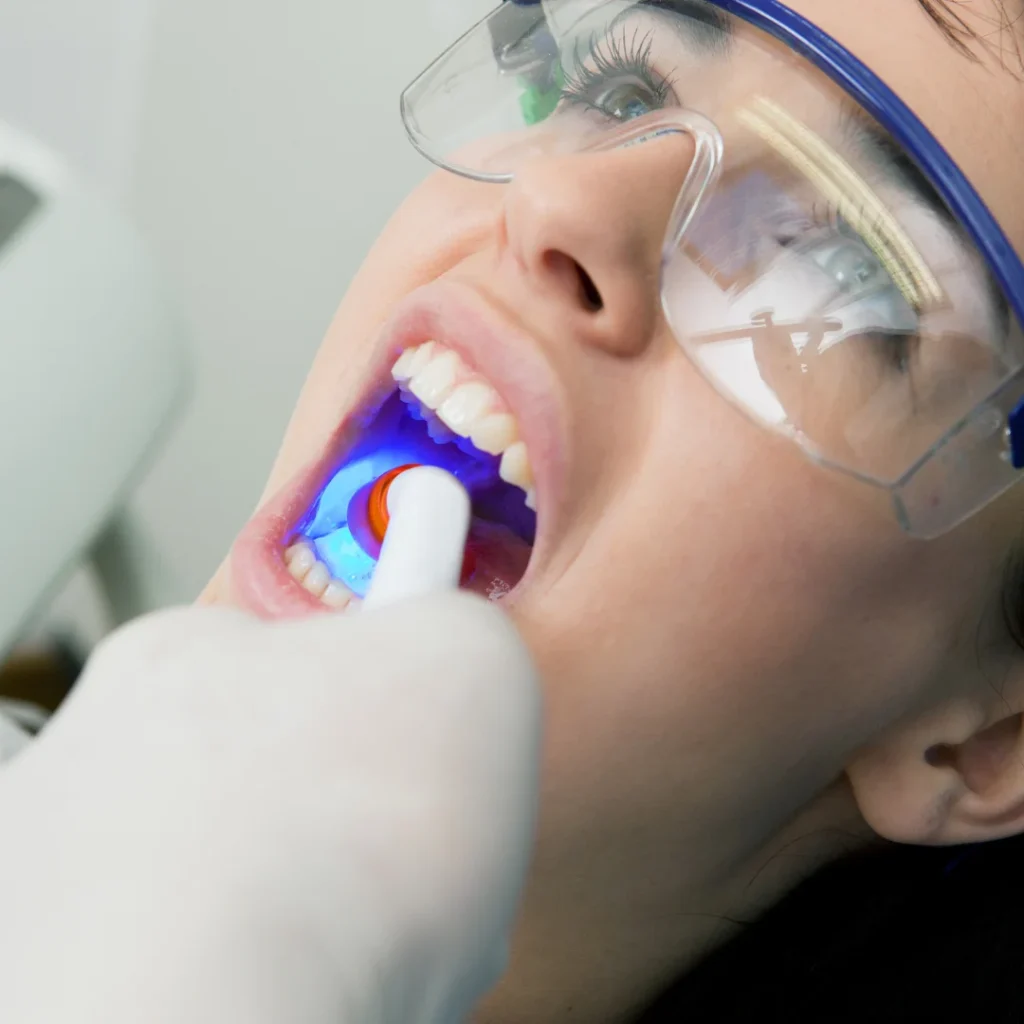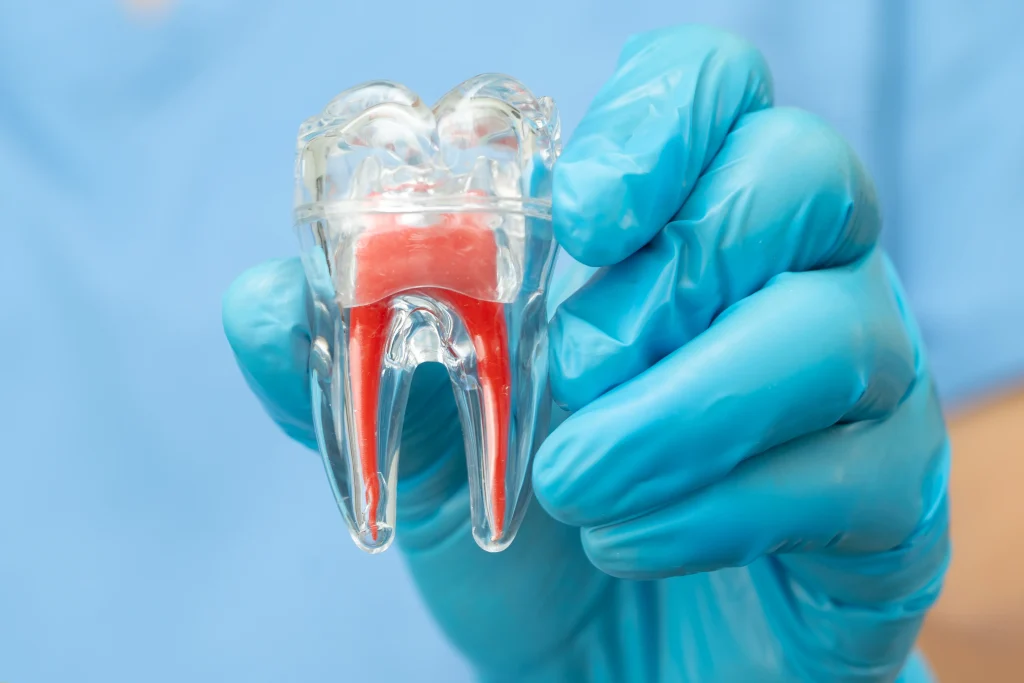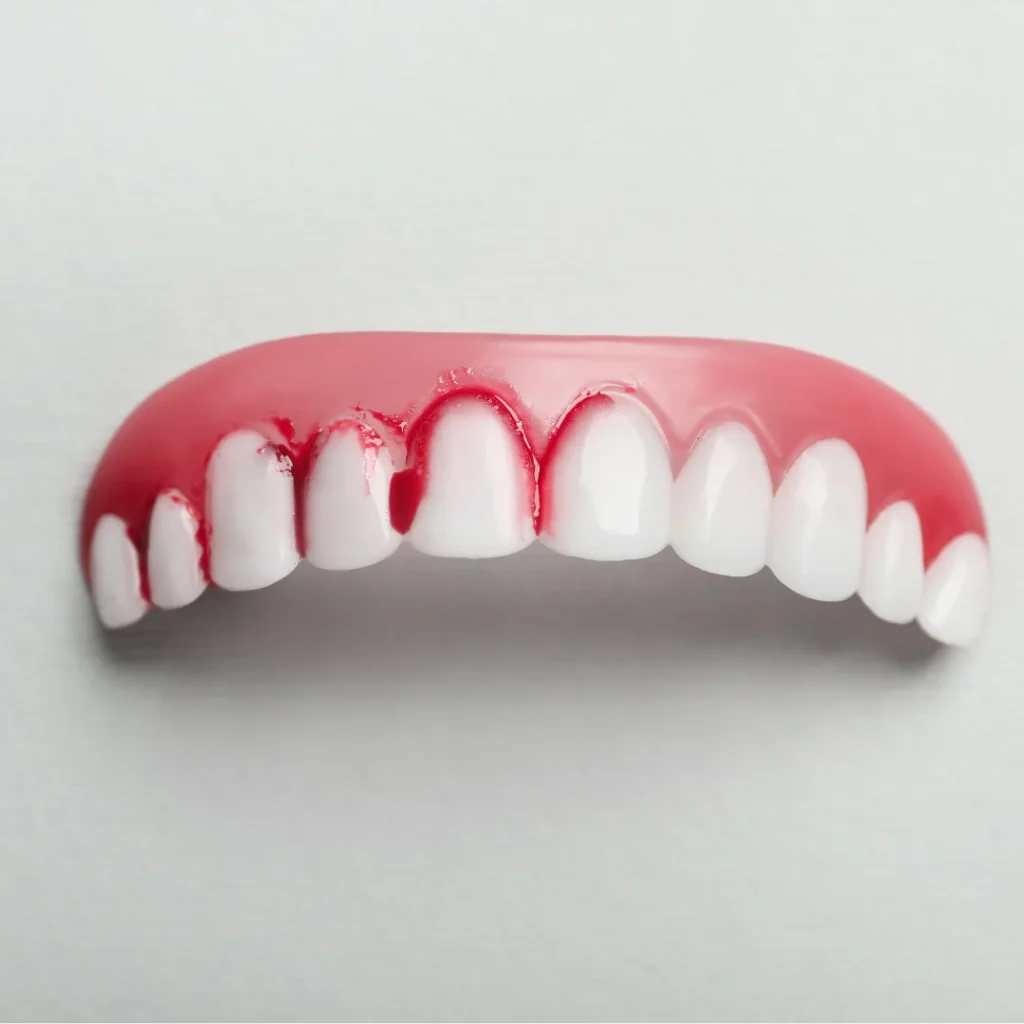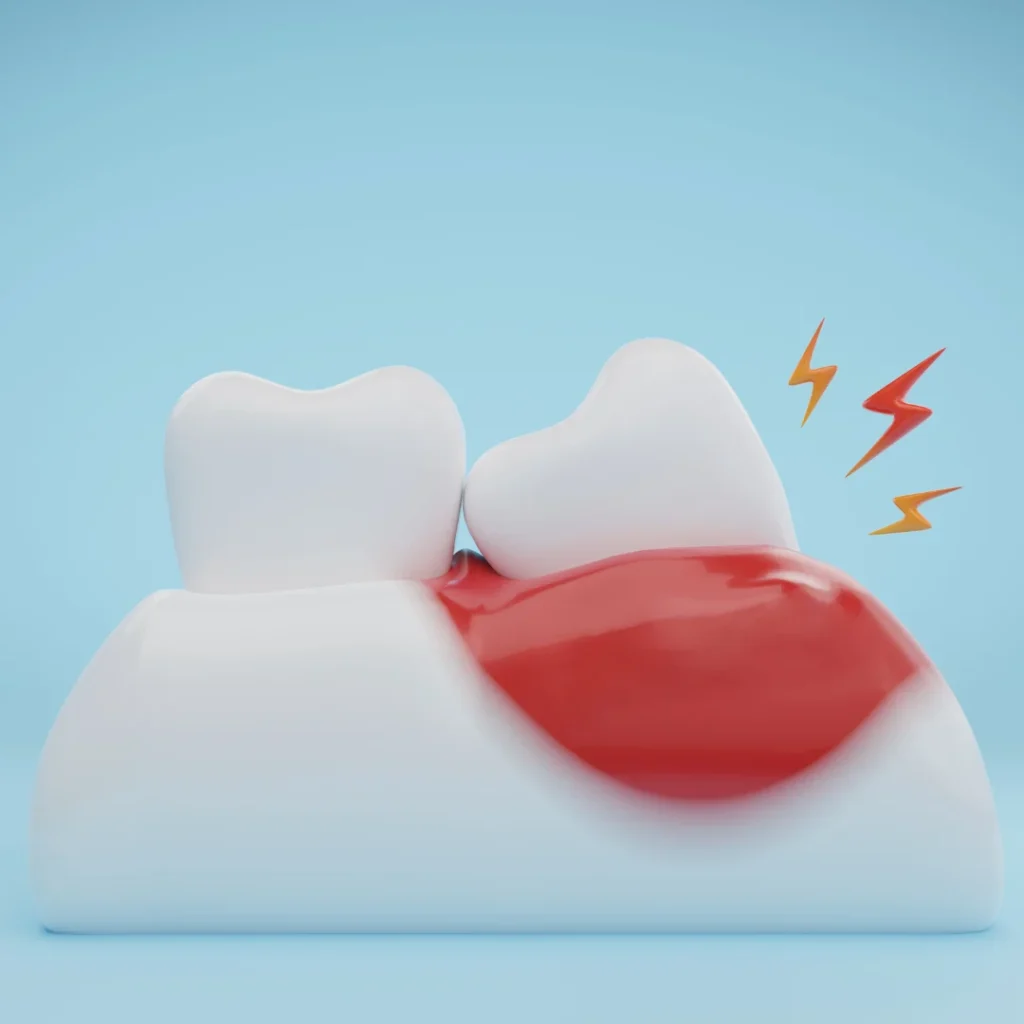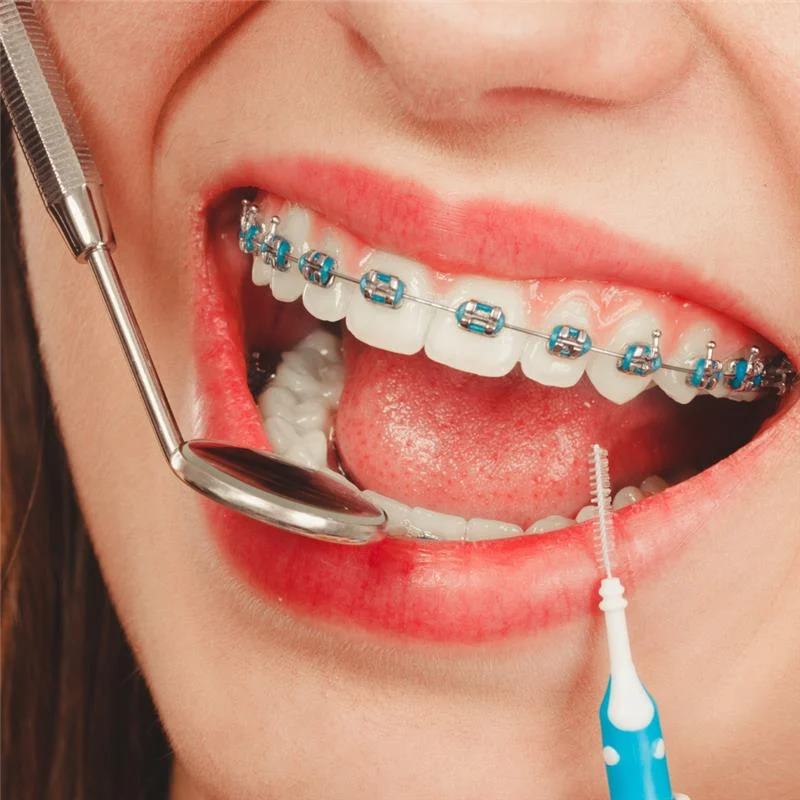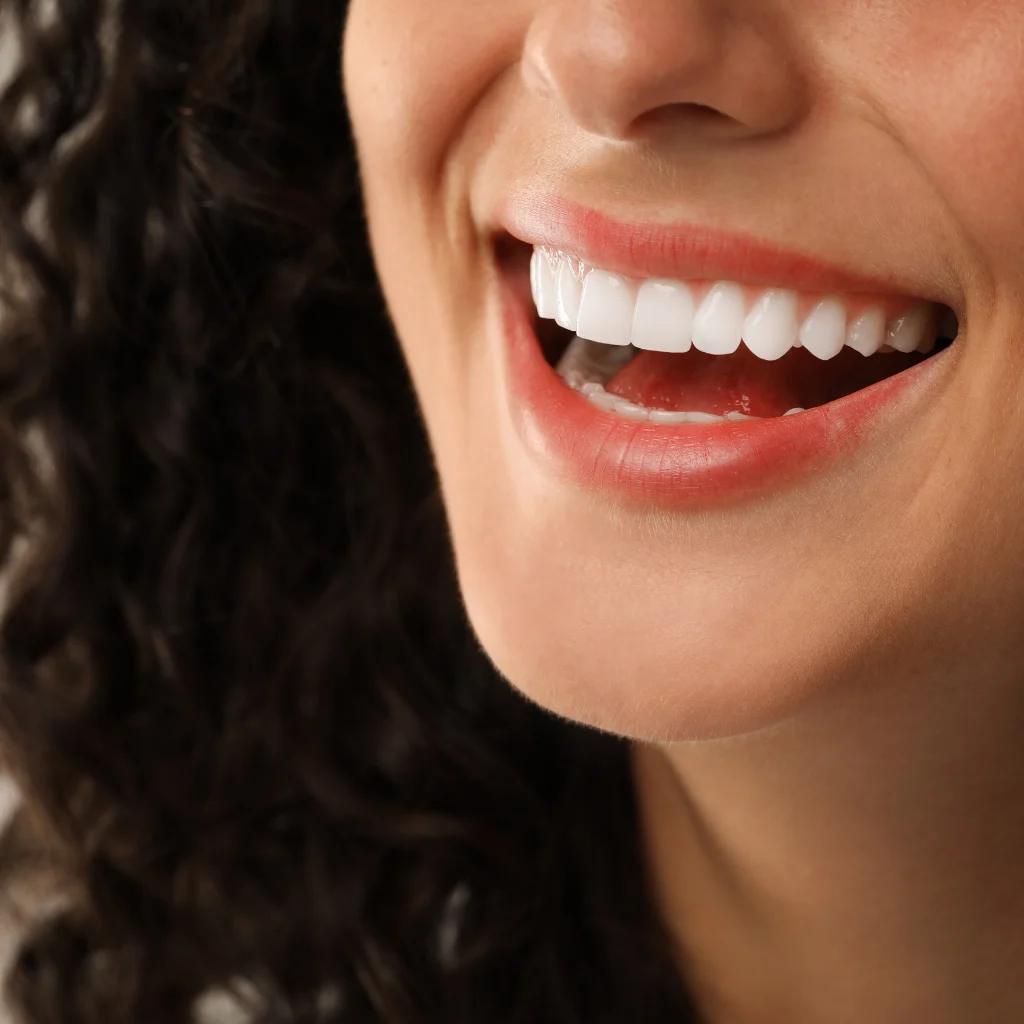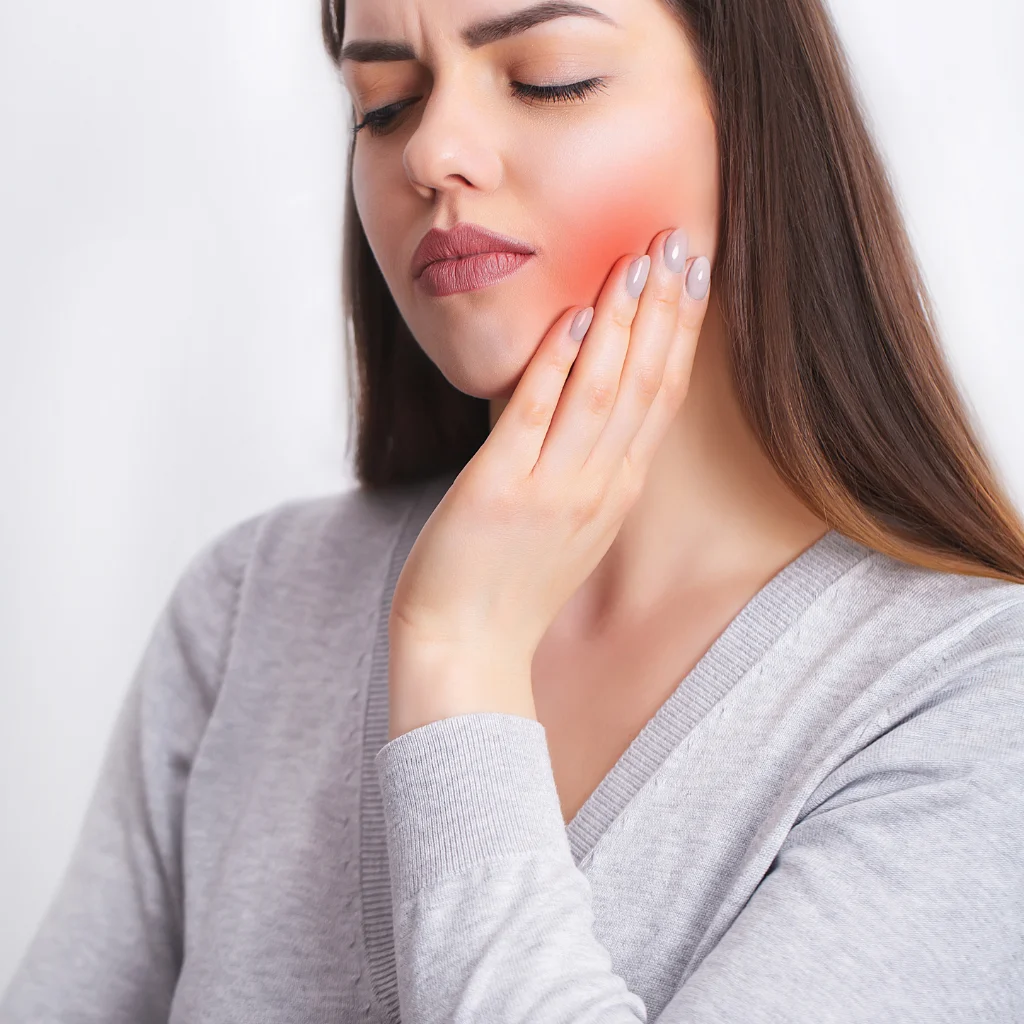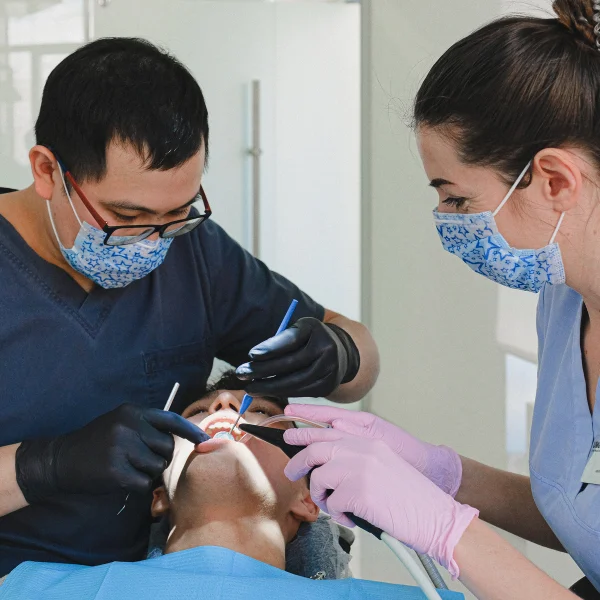How to Avoid a Root Canal: A Dentist’s Daily Guide Root canals ugh, even the name gives people the creeps, right? You hear it and suddenly you’re clutching your jaw like someone’s about to come at you with a drill. The good news? You can probably avoid the whole nightmare with some ridiculously simple habits. Look, I’ve been a dentist for ages now, seen patients from Frisco to Flower Mound and everywhere in between, and if I had a dollar for every root canal I could’ve prevented with a little routine care, I’d be retired on a beach somewhere. So, if you’re trying to keep your teeth out of root canal territory, here’s the stuff that actually works. No magic, no weird hacks. Just real advice you’ll wish you didn’t ignore. So, What the Heck IS a Root Canal? Let’s not get dramatic. Root canals aren’t medieval torture things. It’s just a way to yank out infected pulp from deep inside your tooth, usually cause decay’s been having a party in there for a while. Sure, it saves your teeth, but trust me, you’d rather never need one. Here’s how to keep it that way: 1. Stop Skipping Cleanings (Even If You Think You’re Fine) Biggest screwup I see? Folks skipping the dentist cause “nothing hurts.” By the time you feel pain, the cavity’s already RSVP’d to your root canal. Twice a year. It’s not that hard. Pro tip: People who show up for cleanings barely ever need a root canal. Seriously. 2. Handle Cavities ASAP, not “Someday” Tiny cavity? Can’t feel it? Doesn’t mean it’s not wrecking your life behind the scenes. Cavities don’t chill they move FAST. If you wait, you’ll be scheduling that root canal before you know it. Fix stuff early. Saves money, time, and you’ll avoid the “why did I wait?” regret. 3. Soda Is Not Your Friend (Even Diet) Soda’s basically acid in a can. And yes, that includes your precious Diet Coke. Even without sugar, the acid just eats away at your enamel. Want to keep your teeth? Water or milk. Sorry, not sorry. 4. Protect Your Teeth (And Knock Off the Night Grinding) Brushing is good, but flossing? That’s where the magic happens. Cavities love to hide in those little cracks your brush can’t reach. Floss daily. Not “sometimes.” Every. Dang. Day. 5. Floss Like You Mean It Soda’s basically acid in a can. And yes, that includes your precious Diet Coke. Even without sugar, the acid just eats away at your enamel. Want to keep your teeth? Water or milk. Sorry, not sorry. 6. Don’t Sleep on Gum Disease Ever seen red, puffy, or bleeding gums and just shrugged? Yeah, don’t do that. Gum disease can nuke your bone and expose those roots. Not a good time. Brush, floss, get your cleanings. If your gums are acting up, go see someone who knows what they’re doing. 7. Tooth Sensitivity Early Warning If a sip of cold water has your wincing, don’t just “wait and see.” Could be worn enamel, receding gums, a crack, or deep decay sneaking up. Get it checked before it’s too late. 8. Eat Like You Give a Crap About Your Teeth Your lunch matters. Load up on leafy greens, cheese, yogurt, crunchy veggies. They help. Skip sticky candy, constant snacking, and stuff that’s more chemical than food. 9. Sealants: Not Just for Kids Dental sealants are like raincoats for your molars. They keep guns out of the deep grooves. Kids get ‘em, but honestly, adults should too especially if you’re cavity prone. 10. Stick With a Dentist Who Knows You You wouldn’t trust your car to a stranger every six months, right? Same with your teeth. Find a dentist, stick with ‘em. They’ll catch your trouble spots before they blow up. Bottom Line: Don’t Make It Complicated You don’t need some fancy system. Just do the basics and do them well. Root canals aren’t destiny most of the time, you’ve got way more control than you think. About Me: I’m Dr. Kalpesh Patel, founder of Active Dental, and I’ve spent 15+ years helping families dodge the drill. Seriously, I’d rather teach you how to avoid a root canal than have to do one. Haven’t been in a while? No shame just come in. We’re in Frisco, Flower Mound, Irving, Plano, and Prosper. Family and cosmetic dentistry that doesn’t judge. Book your checkup or call us at +1 (469) 293-2220. Don’t wait for the pain, trust me.

